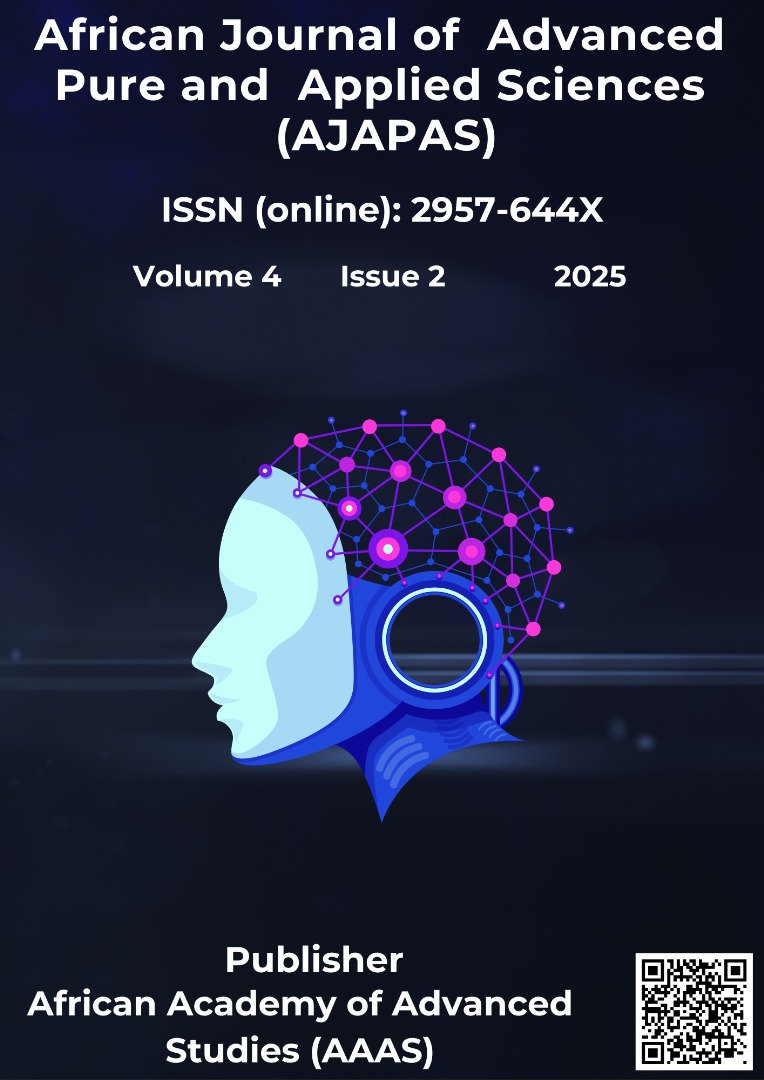The Effect of the Ionosphere on Ground-to-Satellite Communication Signals
Keywords:
Transmission coefficient, Signal penetration, Effective collision frequency, Collisions, Atmospheric density, Total electron content (TEC)Abstract
The ionosphere is a dynamic plasma layer in Earth’s upper atmosphere that significantly influences communication between ground stations and satellites. This study investigates the interaction of electromagnetic waves with ionospheric plasma, focusing on key parameters affecting plasma properties and signal propagation. Using the Finite-Difference Time-Domain (FDTD) method, simulations were conducted to analyze wave propagation, absorption, and dispersion through the ionosphere. Results indicate that Total Electron Content (TEC) decreases with increasing microwave frequency. Higher-frequency waves exhibit greater transmission coefficients, enabling penetration through the ionosphere, whereas lower-frequency signals experience significant attenuation—particularly in the D-layer during daylight hours. Effective collision frequency diminishes with altitude due to reduced atmospheric density, directly impacting signal reflection and absorption. TEC peaks at midday due to solar ionization and declines nocturnally, consistent with electron density fluctuations in the ionospheric layers. Analyses of group delay and frequency effects further reveal time-dependent signal propagation characteristics. These findings are critical for optimizing satellite communication, navigation systems, and remote sensing technologies reliant on microwave transmission through the ionosphere.





